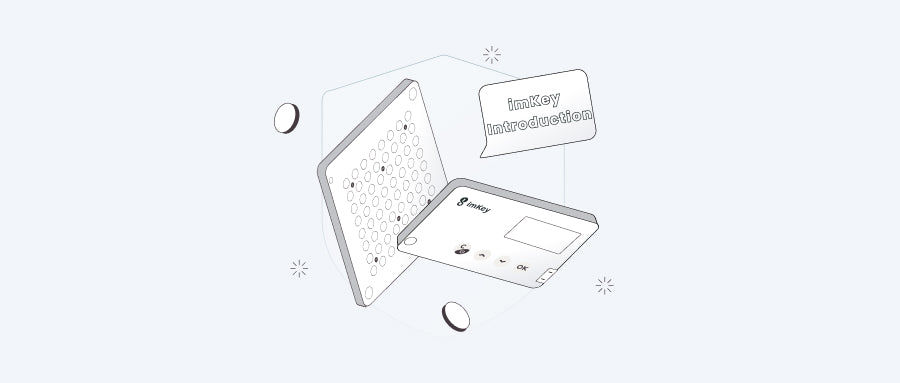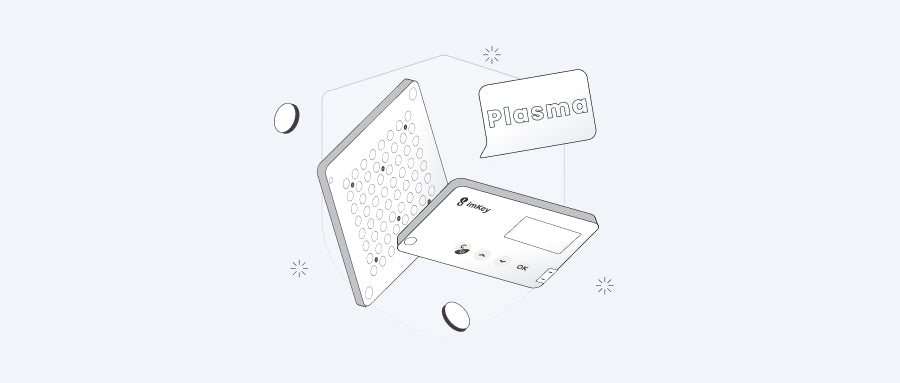This article refers to the imToken Help Center Basic concepts about Layer 2.
Since the release of Satoshi Nakamoto's Bitcoin whitepaper, the number and scale of different blockchain ecosystems has increased dramatically. As each blockchain/network has its own characteristics (different rules and consensus mechanisms) and is independent of each other, users' demand for transferring assets across chains/networks are also increasing. Therefore, bridges were born. Their main functions are as follows:
- To realize cross-chain transfer of assets and information
- Facilitate users to take advantage of various blockchains to enter new blockchain ecosystems
- Enable developers of different blockchain ecosystems to collaborate and build new platforms for users
- ...
According to different connected objects, bridges can be divided into two types:
- Layer 1 <> Layer 1 bridge: A bridge that connects two different Layer 1 blockchains;
- Layer 1 / Layer 2 <> Layer 2 bridge: A bridge that connects a Layer 1 blockchain to a Layer 2 network or connects two different Layer 2 networks.
The second type of bridge will be focused on below.
There are many Layer 2 projects such as Arbitrum, Optimism and zkSync in the Ethereum ecosystem. Bridges allow users to transfer assets between Layer 1 (Ethereum mainnet) and Layer 2 networks, such as sending ETH from the Ethereum mainnet to Arbitrum; or transfer assets between two different Layer 2 networks, such as sending ETH from Arbitrum to Optimism.
Asset transfer through this type of bridge is typically achieved in three ways:
- Lock and mint: Asset transfer is realized by locking assets on the source chain and minting assets on the target chain. Projects using this scheme are Optimism Gateway and Arbitrum Bridge.
- Burn and mint: Asset transfer is realized by burning assets on the source chain and minting assets on the target chain. Projects using this scheme are Hop Protocol and Across Protocol.
- Atomic swap: With smart contracts and algorithms, intermediaries are eliminated and assets on the source chain are converted directly to assets on the target chain. Projects using this scheme include cBridge and Connext's NXTP.
Bridges based on different implementations have their advantages and disadvantages, and in the actual operation process, trade-offs need to be made for specific use cases. Overall, these two types of bridges make it easier to move money between Layer 1 / Layer 2 <> Layer 2 and facilitate the development of the Layer 2 ecosystem.
References:



